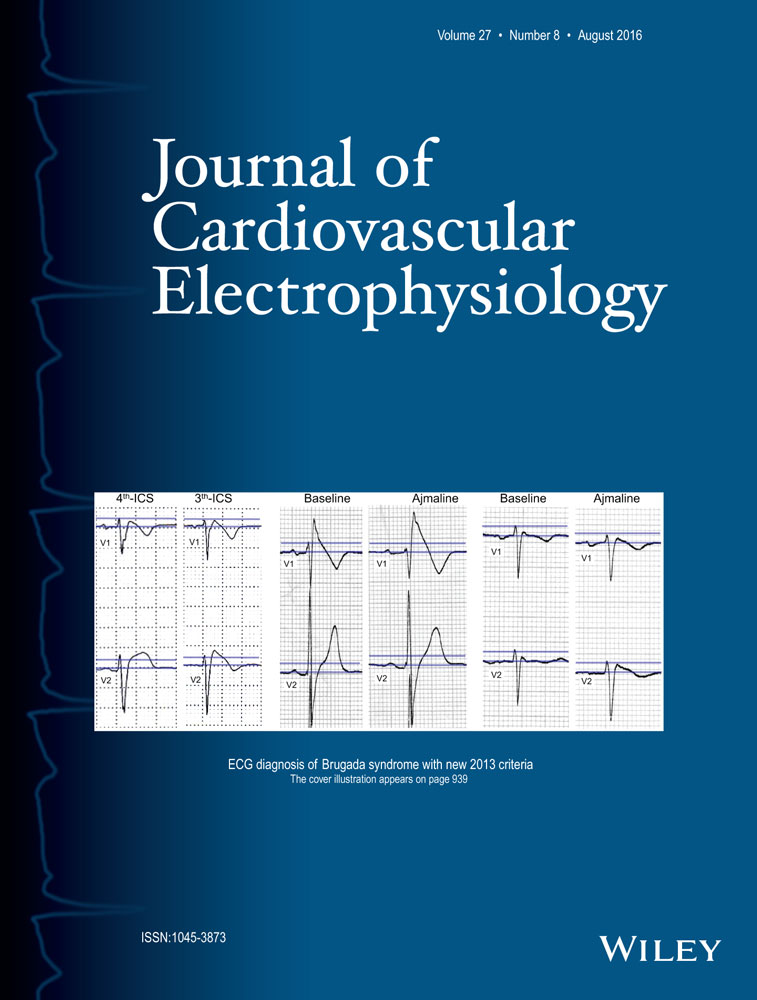Incidence of Significant Delayed Esophageal Temperature Drop After Cryoballoon-Based Pulmonary Vein Isolation
A. Metzner received speaker's honoraria and travel grants from Medtronic. C.H. Heeger received travel grants from Medtronic. K-H. Kuck received speaker's honoraria from Medtronic. E Wissner received speaker's honoraria from Medtronic and is a member of Medtronic's advisory board. R.R. Tilz received research grants from Hansen Medical & St. Jude Medical and speaker's compensation from Biosense Webster & Medtronic. Other authors: No disclosures.
Significant Delayed ET Drop After CB-Based PV Vein Isolation
Background
The second-generation cryoballoon (CB2) has demonstrated superior clinical outcome. Potential procedural complications include esophageal thermal lesions due to excessive esophageal temperature (ET). Safety cut-offs for the ET have previously been published. A safety margin was incorporated due to a delayed esophageal temperature decline even after termination of the CB2 freeze cycle. The extent of these delayed temperature drops requires further systematic evaluation.
Methods and Results
The study enrolled 29 patients with paroxysmal or shortstanding persistent AF who underwent CB2-based PVI. Freeze cycle duration was 240 seconds. No bonus freeze was applied after successful PVI. The intraluminal ET was continuously measured via a transorally inserted probe (SensiTherm, St. Jude Medical, Inc.). The CB2 temperature and ET were recorded throughout the procedure using a camera setup. The mean number of freeze cycles per patient was 4.3 ± 2. A total of 147 cryoenergy applications were analyzed. A delayed decline in ET of >0.5 °C was recorded following termination of 23.1% of freeze cycles. The maximum drop in delayed ET was 6.4 °C. Excessive esophageal cooling during the freeze cycle exceeding 8.5 °C/min may result in ET ≤10 °C.
Conclusions
Following termination of cryoenergy delivery, the ET may decline an additional 6.4 °C. Proposed ET safety cut-offs during CB2-based PVI need to account for a significant ET drop that may occur even after termination of the individual freeze cycle.




